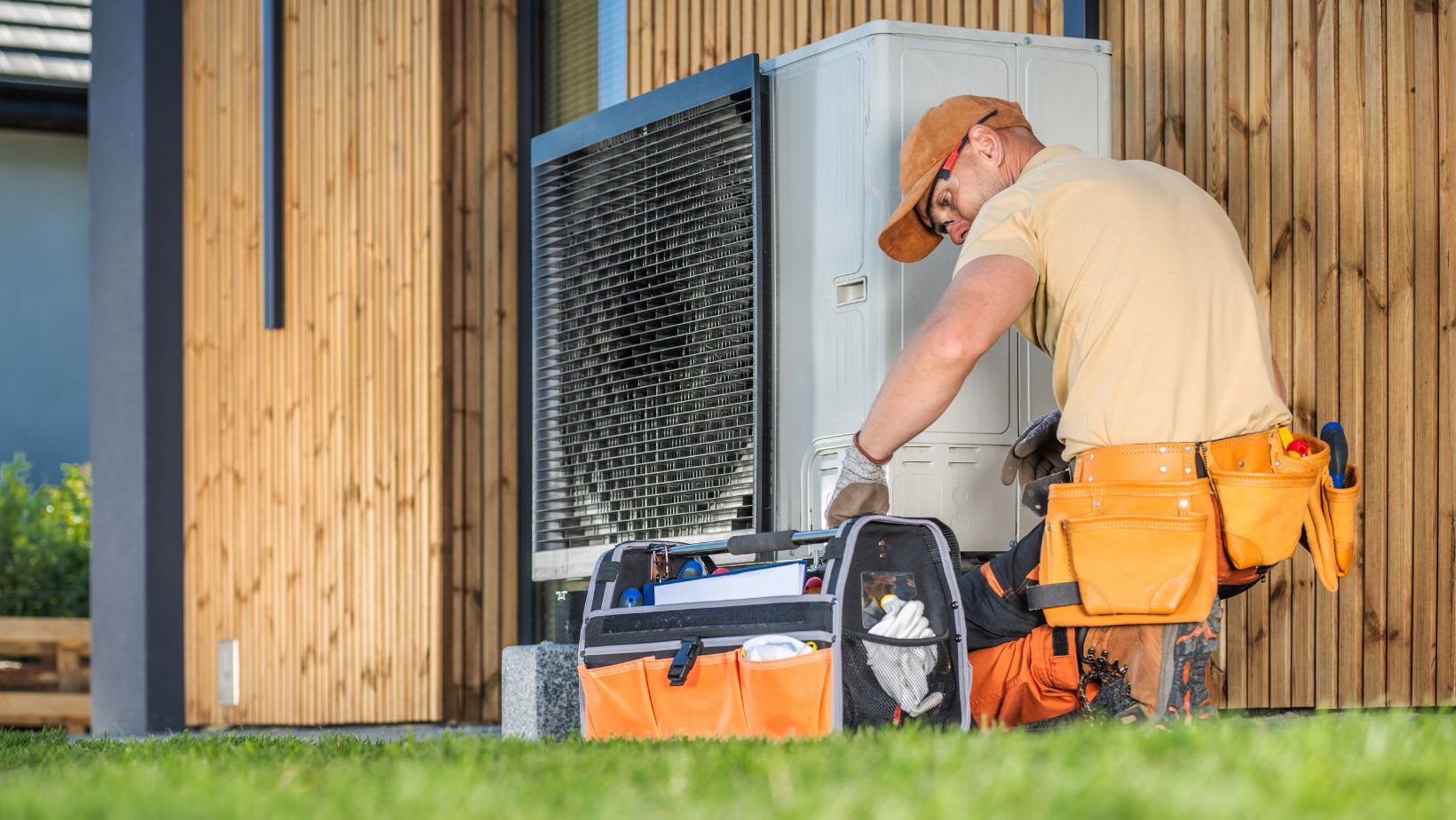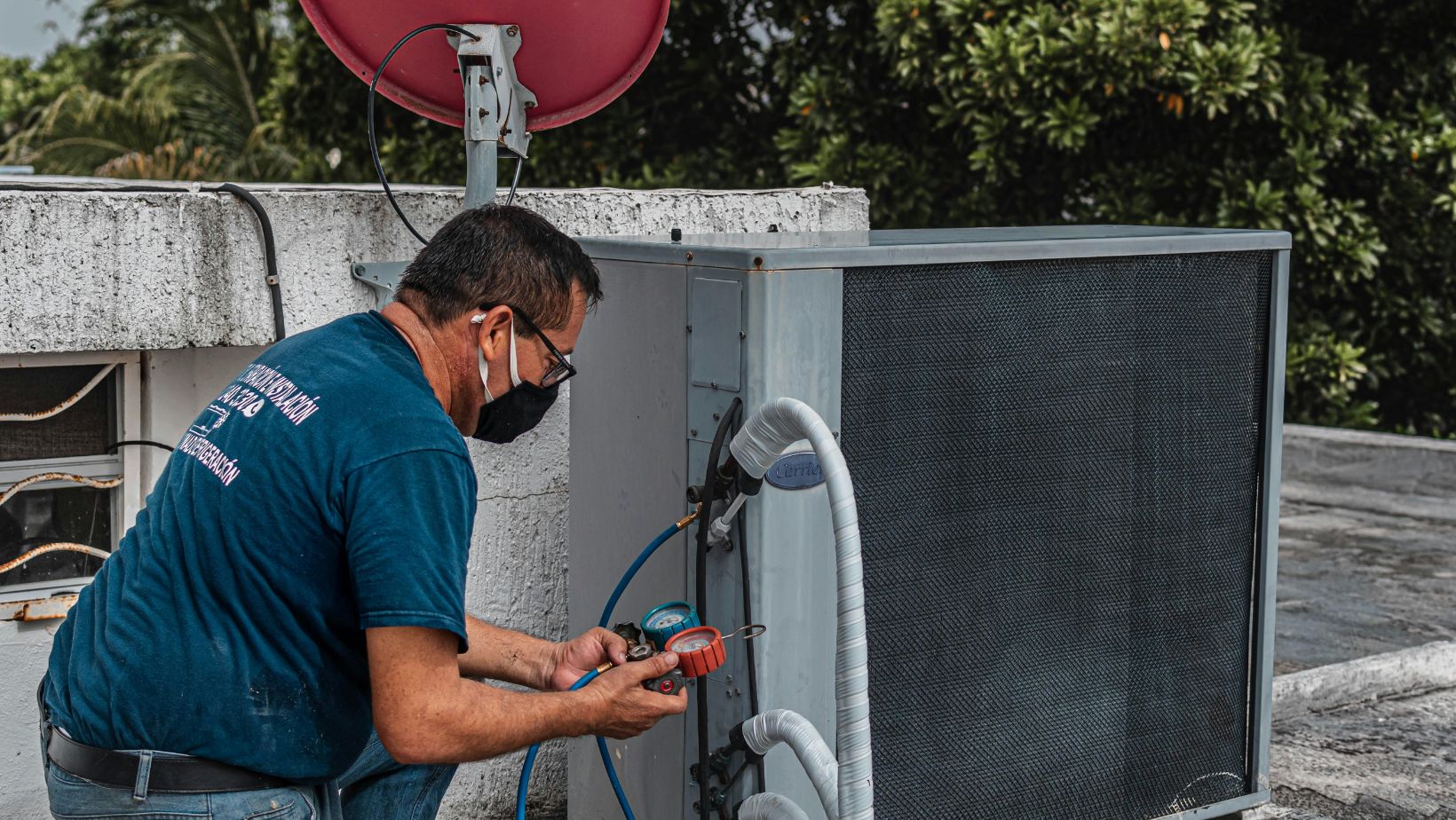You’re walking past the closet that houses your HVAC system, or maybe through the basement, when you hear it: a faint, steady drip. At first, you ignore it — maybe it’s just a bit of condensation. But then you notice a small puddle forming, or worse, water stains spreading slowly across the ceiling or floor.
That little drip might not seem like a big deal, but it could be telling you something important about your HVAC system’s health — and ignoring it could lead to damage you didn’t see coming.
Why Is My HVAC System Dripping Water?
To understand why your HVAC system might be leaking, it helps to know how it works. Air conditioners don’t just cool the air — they also remove moisture from it. That moisture condenses into water, which usually drains safely out of your home through a small pipe or line. But when something goes wrong in that process, you can end up with unwanted water buildup.
One common solution many homeowners overlook is condensate pumps — small devices that help move water out of the system, especially when gravity alone isn’t enough to drain it. If your home has a basement installation or the drain line is too long or angled upward, a pump is often necessary to keep things dry.
Common Causes of HVAC Leaks
There are a few different reasons your HVAC unit might be dripping, and not all of them require a major repair. Let’s walk through the most common ones.
1. A Clogged Condensate Drain Line
Over time, dirt, dust, and mold can clog the drain line, causing water to back up and spill out. You might even notice a musty smell or mold growth around the unit.

How to fix it: Many homeowners can flush the line themselves using vinegar or a wet/dry vacuum. If that doesn’t do the trick, call in a pro.
2. A Full or Malfunctioning Drain Pan
Older units often have metal drain pans that rust and corrode over time. If the pan is cracked or full, it can’t catch the overflow.
Quick tip: If your unit is over 10 years old, it might be time to inspect or replace the drain pan entirely.
3. A Broken Condensate Pump
If your system relies on a pump and it fails, water won’t be able to drain properly. The result? Dripping, leaking, and potential water damage.
Signs your pump may be failing:
- A humming noise but no water being discharged
- Puddles around the unit
- Frequent cycling of the unit’s safety shutoff switch
4. Dirty Air Filters
Surprisingly, a clogged air filter can contribute to water problems. When airflow is restricted, the evaporator coils can freeze, and as they thaw, the melting water may overflow the pan.
Fix it fast: Change your air filters every 1–3 months, especially during heavy use seasons.
Why It Matters More Than You Think
Water damage can creep in slowly and go unnoticed until it’s too late. A little leak today might turn into warped flooring, mold growth, or structural issues later on — all from something that started with a drip.

Even if you’re not seeing visible damage yet, excessive moisture around your HVAC unit can decrease system efficiency, increase humidity levels in your home, and trigger allergy symptoms.
What You Can Do Next
If you’ve spotted a drip or puddle near your HVAC system, don’t wait to act. Here’s a quick checklist:
- Inspect the drain line for clogs
- Check the drain pan for cracks or rust
- Listen for odd sounds from the condensate pump
- Replace your air filter if it’s dirty
- Consider calling a professional if the issue persists
Prevention Is Easier Than Repairs
An HVAC drip doesn’t have to become a major headache. With a little regular maintenance and attention, you can keep your system running smoothly — and your home dry.
Think of it like this: small signs like that mysterious drip are your system’s way of saying, “Hey, I need a little help.” And the good news? Most of the time, a small fix now saves you from a much bigger problem down the line.

